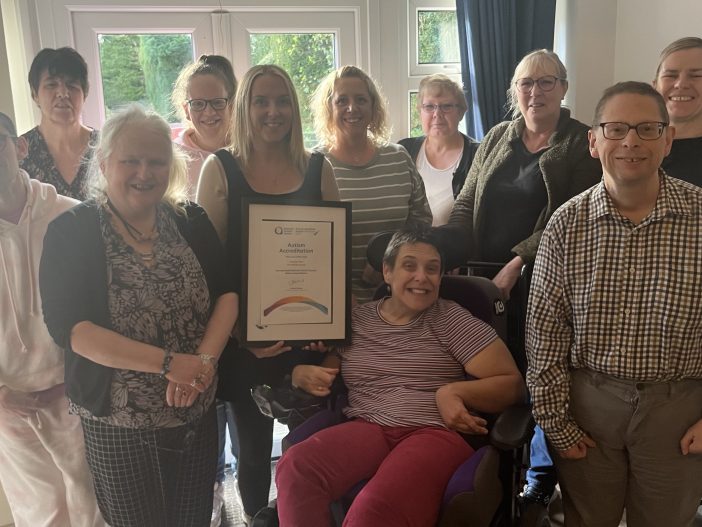Autism – using visual aids to communicate
Shaji Rajimony, Specialism Implementer
Shaji Rajamony works at Voyage Care and is our in-house autism expert. He also works as a Senior External Moderator for the National Autistic Society. He has written a post about how we can use visual aids to communicate with autistic people better. In turn, they can also help those with autism express how they are feeling.
“When someone’s brain is overly full of things to think about, they use things like sticky-notes or to-do lists. Such visuals are also useful in public places to access information when there are lots of distractions.
We may say ‘please sit down’ and point to the chair to indicate the request with our hands. It aids our understanding. Parents do a similar thing with young children, using body language and gestures to support what they’re saying.
The everyday person can normally process information relatively easily but for autistic people, this is not so simple. Social skills, communication and the ability to take in things around them can be a real struggle. This is where visual supports can really help improve their ability to take in information.
Research shows that autistic people may take in lots of information at the same time and any are unable to make sense of it. Using visual aids provides a consistent and simpler way to explain what you’re trying to say. It can also help those with autism to communicate with others.
Examples of visual supports include: objects, photos, pictures and symbols. The use of visual aids can help to increase understanding as well as reduce anxiety and even the risk of challenging behaviour.
Visual supports help in three ways:
- Teaching social skills and helping those with autism to use them on their own for social situations
- Supporting staff to communicate what they expect from the autistic person, as spoken instructions can be difficult to understand
- Helps autistic people to understand what to expect and what will happen next. For example, if their routine changes it can help them to cope.
The use of visual supports can dramatically improve behaviour and reduce frustration and anxiety. Communicating important information can also be much more effective with such aids and is more likely to increase attention span.”

 Information
Information 

